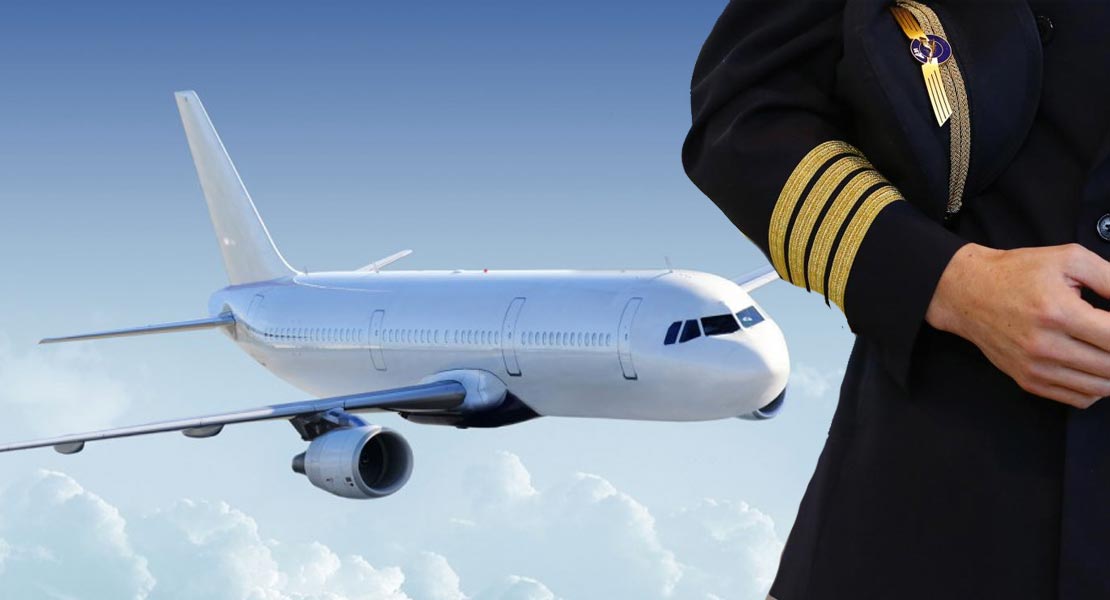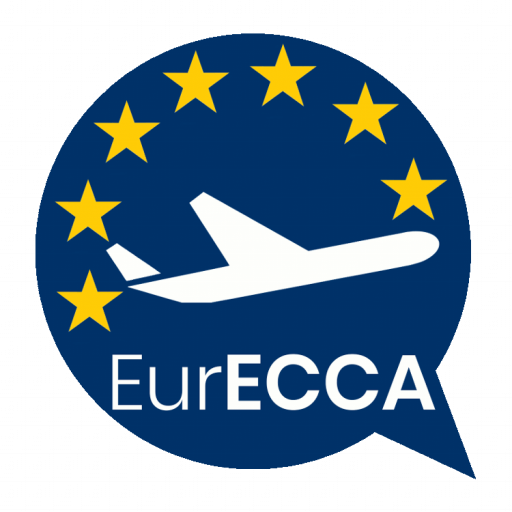Topics discussed at the Aircrew Medical Fitness workshop of EASA
During a workshop organized on December 7th and 8th, EASA presented the action plan for the implementation of the Germanwings Task Force recommendations. The workshop was very much about pilots, but some recommendations, like two-persons-policy and random alcohol and drugs testing, will have implications for cabin crew as well. EurECCA’s president, Annette Groeneveld, was present together with Nol Visser, representative of VNC, the Dutch cabin crew union, to take part in the discussions.
Under ARO.GEN.135 EASA is responsible for immediate reaction to a safety problem. The Germanwings accident made evident that EASA did have a process in place to generate that immediate reaction. Therefore they bundled 14 senior advisors in a Task Force and they came up with 6 recommendations. The legal framework of ORO.GEN.135 provides EASA with the basis to state that the discussion could not to be about the recommendations, because the action plan of EASA is the implementation of the recommendations. That makes the two-persons-policy in the cockpit (recommendation number 1) mandatory from now on.
In the future EASA aims to develop a formal process in the approach to addressing urgent safety issues, using impact assessments that are analyzed and discussed in focused consultations with stakeholders. This will replace the regular NPA’s and safe time. Recommendations from those consultations will be published in Safety Information Bulletins, but immediate action will be published in a new tool, the Operation Directive that will be rule as from publication. The audience was very critical on the lack of public consultation on the question whether an issue is urgent and needs immediate action.
Germanwings
During the introduction EASA indicated that the German Wings accident was not an isolated case. There have been more examples. Life of a pilot can be stressful and adequate care and procedures have to be in place and EASA can only conclude that this care had not been given to these pilots.
The action plan of EASA is to implement the 6 recommendations of the Taskforce. These recommendations are about 2-persons-in the-cockpit, mandatory psychological evaluation, drugs and alcohol testing, strengthening psychological and communication abilities in aero-medical practitioners, pilot support and reporting systems and data collection.
EASA will guide the implementation of 5 recommendations, because the 6th recommendation is about sharing aero-medical information to tackle pilot non-declaration. That is beyond the EASA competence and the Commission has to decide how to implement that.
HIMS
In their presentations a lot of speakers concentrated on the necessity of mandatory peer support programs (PSP). The most important issue for pilots, and an element that will drive them underground, is their fitness to fly and the threat to loose their license. A safe environment to talk about problems is an important part of a peer to peer program. An example of a successful peer to peer program is the Human Intervention Motivation Study (HIMS). This program focuses on medication, alcohol and drugs, but the program could easily be adapted to also cover psychological health of pilots. The program is all about prevention and solutions and organizations representing crew should be highly involved.
In Germany Stiftung Mayday is active in the field of peer support programs. They presented themselves at the workshop in Cologne. Support to flight license holders and their next of kin is their main business. They also provide support to other crew members after accidents.
Stiftung Mayday provided support to the Germanwings crews. Sick leave was 50% on the first two days and within 10 days the sick leave was back to normal. They are able to prevent psychological health problems and the low percentage that develops problems anyhow, are taken care of in a way that public safety is not compromised. The system works basically the same as the HIMS organization.
There was however also a call for a more holistic approach. Critical note was the remark that if the pilot of the Gerwings aircraft was in a Peer Support Program, the program failed and if he was not in a PSP, the program also failed for not detecting this pilot’s needs. There is a need for overlapping safety measures, from testing during pilot selections to trusted Aero-medical examiners, to operators who support PSP’s to prevent accidents like the Germanwings from happening.
Drugs and alcohol testing
Representatives of IFALPA en ECA were less enthusiastic about other recommendations. Especially about psychological evaluation during initial selection and, even more, on psychological testing during routine medical evaluations. The general opinion was that a lot of questions have to be answered before such testing could ever become mandatory.
Drug and alcohol testing has nothing to do with the Germanwings accident and could not have prevented it. But somehow a recommendation on random alcohol and drugs testing showed up in the action plan. Random testing is done in many countries but the effectiveness of the testing has not been established and the rate of positive hits is very low.
Are there pilots that suffer from drugs and alcohol abuse? Yes! And apparently random testing does not catch them. And that brings us back at HIMS. In the USA 6 million dollars is spend on random testing and they catch around 6 or 7 pilots a year. HIMS has an annual budget of 200.000 dollars and they catch anywhere between to 75 and 80 pilots a year. Random testing as a tool to check for relapse is part of the HIMS program.
At the end of the day the general conclusion of the representatives of crew organizations and of active pilots present in the workshop was that initial psychological assessments and PSP’s are an acceptable answer and effective answer to alcohol and drugs control, monitoring of mental health of aircrew and public safety. That leaves us with 4 recommendations that will be implemented, but of which the desirability and effectiveness are questionable.


